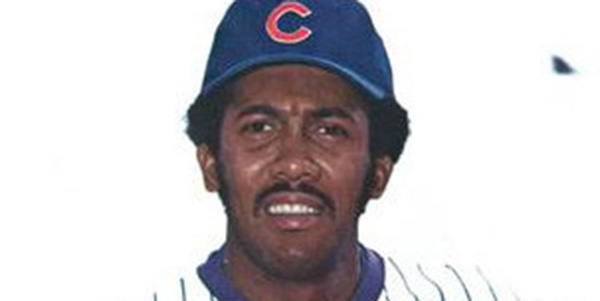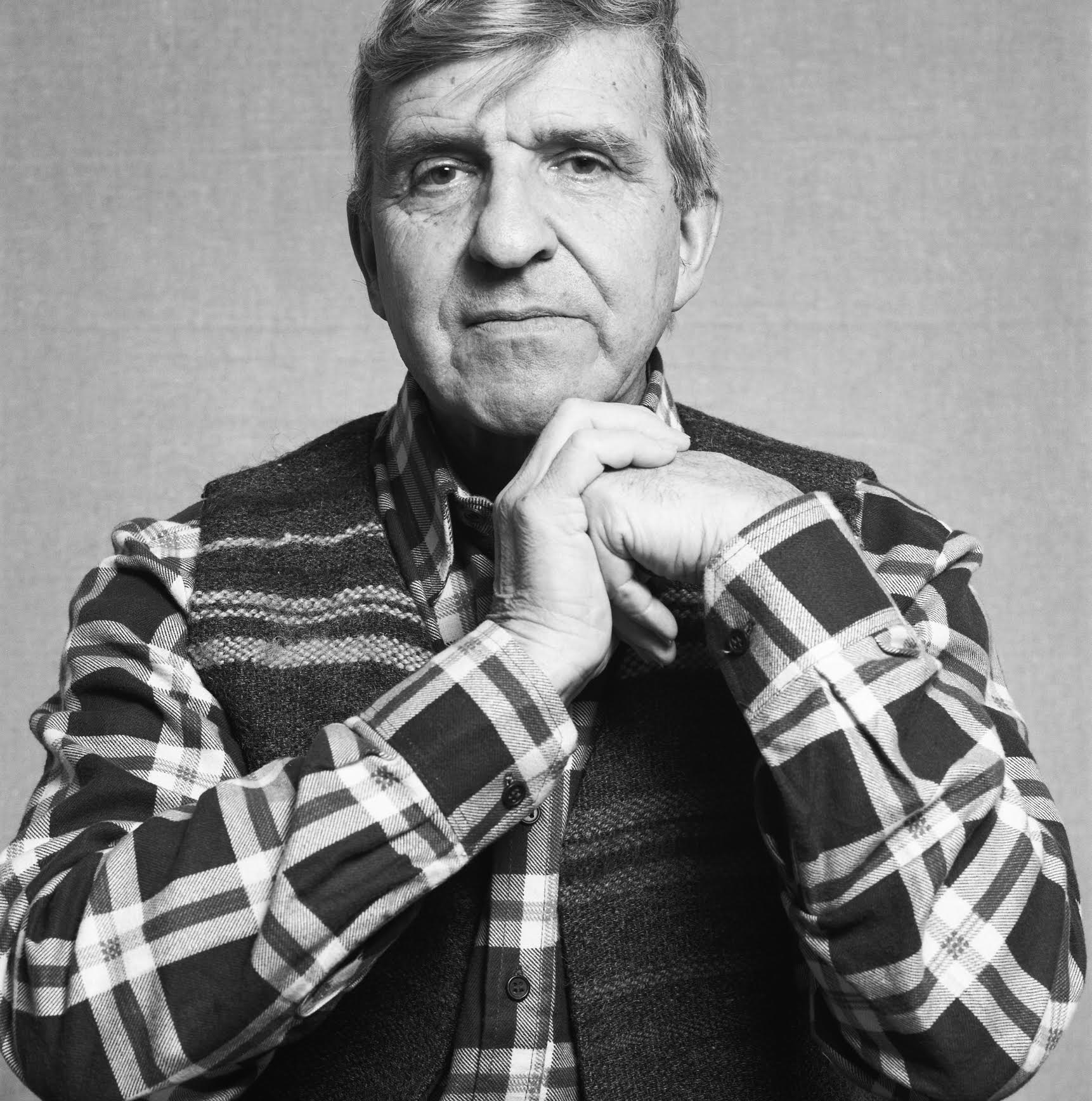Browse "People"
-
Article
Félix Leclerc
Félix Eugène Leclerc, OC, GOQ, singer, songwriter, playwright, poet, novelist, actor, broadcaster (born 2 August 1914 at La Tuque, QC; died 8 August 1988 at Ȋle d'Orléans, QC). Félix Leclerc was a revolutionary artist whose work in several fields marked a turning point in Quebec culture. As a poet and playwright, he was one of Quebec’s literary giants. As a singer, he was a superstar in Canada and Europe, particularly in France. He greatly influenced the course of the Quebec chanson and paved the way for the popular chansonnier movement in Quebec and France. He was also a vocal proponent of Quebec nationalism and helped galvanize the collective identity of the people of Quebec. An inaugural inductee of the Canadian Songwriters Hall of Fame, he received the Prix de musique Calixa-Lavallée, the Prix Denise-Pelletier and the Diplôme d'honneur. He was made an Officer of the Order of Canada, a Grand officier of the Ordre national du Québec and a Chevalier of the Légion d'honneur de France.
"https://d2ttikhf7xbzbs.cloudfront.net/media/media/ff9d178b-cc72-4c01-80f6-0f44ce477147.jpg" // resources/views/front/categories/view.blade.php
https://d2ttikhf7xbzbs.cloudfront.net/media/media/ff9d178b-cc72-4c01-80f6-0f44ce477147.jpg
-
Article
Félix R. Bertrand
Félix-R. (Routhier) Bertrand. Organist, pianist, choirmaster, composer, b Montreal 12 Oct 1909, d Moncton, NB, 28 Jul 1978; D MUS (Montreal) 1948. He was the grand-nephew of Sir Adolphe-Basile Routhier, the author of the words to 'O Canada'.
"https://development.thecanadianencyclopedia.ca/images/tce_placeholder.jpg?v=e9dca980c9bdb3aa11e832e7ea94f5d9" // resources/views/front/categories/view.blade.php
https://development.thecanadianencyclopedia.ca/images/tce_placeholder.jpg?v=e9dca980c9bdb3aa11e832e7ea94f5d9
-
Article
Fenians
Fenians were members of a mid-19th century movement to secure Ireland’s independence from Britain. They were a secret, outlawed organization in the British Empire, where they were known as the Irish Republican Brotherhood. They operated freely and openly in the United States as the Fenian Brotherhood. Eventually, both wings became known as the Fenians. They launched a series of armed raids into Canadian territory between 1866 and 1871. The movement was primarily based in the United States, but it had a significant presence in Canada.
"https://d2ttikhf7xbzbs.cloudfront.net/media/media/a4c521f1-90fe-495e-9550-39952e8e3d07.jpg" // resources/views/front/categories/view.blade.php
https://d2ttikhf7xbzbs.cloudfront.net/media/media/a4c521f1-90fe-495e-9550-39952e8e3d07.jpg
-
Article
Feo Monck
Frances Elizabeth Owen “Feo” Monck, author (born 1 August 1835 in Charleville, Enniskerry, County Wicklow, Ireland; died 31 July 1919). Feo Monck’s brother-in-law was governor general Viscount Monck, and her husband, Richard Monck, was military secretary to the governor general from 1864 to 1869. When Lady Monck was absent, she acted as the hostess for viceregal social occasions, including the ball held during the Quebec Conference of 1864. She recorded her experiences in the book, My Canadian Leaves: An Account of a Visit to Canada in 1864–1865.
"https://d2ttikhf7xbzbs.cloudfront.net/media/media/143f8587-f938-4cf1-bdc2-c441d02dc962.jpg" // resources/views/front/categories/view.blade.php
https://d2ttikhf7xbzbs.cloudfront.net/media/media/143f8587-f938-4cf1-bdc2-c441d02dc962.jpg
-
Article
Ferdinand Griebel
Griebel, Ferdinand. Violinist, b Berlin ca.1819, d Toronto 18 Feb 1858. He came from a family of musicians and studied violin with the concertmaster of the Königstadt theatre orchestra, and also with Charles-Auguste de Bériot and Wilhelm Ernst, probably during their visits to Berlin.
"https://development.thecanadianencyclopedia.ca/images/tce_placeholder.jpg?v=e9dca980c9bdb3aa11e832e7ea94f5d9" // resources/views/front/categories/view.blade.php
https://development.thecanadianencyclopedia.ca/images/tce_placeholder.jpg?v=e9dca980c9bdb3aa11e832e7ea94f5d9
-
Article
Ferdinand Herbert Marani
Ferdinand Herbert Marani, architect (b at Vancouver 8 Aug 1893; d at Toronto 18 July 1971). Marani graduated from the University of Toronto in 1920 and shortly thereafter established a practice in Toronto.
"https://development.thecanadianencyclopedia.ca/images/tce_placeholder.jpg?v=e9dca980c9bdb3aa11e832e7ea94f5d9" // resources/views/front/categories/view.blade.php
https://development.thecanadianencyclopedia.ca/images/tce_placeholder.jpg?v=e9dca980c9bdb3aa11e832e7ea94f5d9
-
Article
Ferdinand Larose
Ferdinand Alphonse Fortunat Larose, agronomist (born 1 April 1888 in Sarsfield, Ontario; died 29 January 1955 in Montreal, Quebec). Throughout his career, Ferdinand Larose focused on agriculture in the United Counties of Prescott and Russel in Eastern Ontario. He is best known for having created the vast Larose Forest in a part of the counties which had become arid after intensive deforestation in the 19th century. The agronomist was also a leader for Franco-Ontarian cultivators. He chaired several cultivator associations and promoted agricultural training for Franco-Ontarians.
"https://d2ttikhf7xbzbs.cloudfront.net/media/new_article_images/FerdinandLarose/Ferdinand_Larose.png" // resources/views/front/categories/view.blade.php
https://d2ttikhf7xbzbs.cloudfront.net/media/new_article_images/FerdinandLarose/Ferdinand_Larose.png
-
Article
Ferguson Jenkins
Ferguson “Fergie” Arthur Jenkins, CM, baseball player (born 13 December 1942 in Chatham, ON). Fergie Jenkins is widely regarded as Canada’s greatest baseball player. The 6-foot-5 right-hander employed pinpoint control to become one of the game’s most dominant pitchers. He won the National League Cy Young Award as the league’s top pitcher in 1971 and was a three-time All-Star. He won the Lionel Conacher Award as Canada’s male athlete of the year four times and the Lou Marsh Award (now Northern Star Award) as the country’s top athlete in 1974. In 1991, Jenkins became the first Canadian to be inducted into the Baseball Hall of Fame. He has also been inducted into the Canadian Baseball Hall of Fame, Canada’s Sports Hall of Fame and Canada’s Walk of Fame. His No. 31 has been retired by the Chicago Cubs, who erected a statue in his honour in 2022.
"https://d2ttikhf7xbzbs.cloudfront.net/Fergie_Jenkins_1973_TweetOnly_version2.jpg" // resources/views/front/categories/view.blade.php
https://d2ttikhf7xbzbs.cloudfront.net/Fergie_Jenkins_1973_TweetOnly_version2.jpg
-
Article
Fernand Daoust
Fernand Daoust, trade union official (b at Montréal 26 Oct 1926). Between 1969 and 1993, he was successively General Secretary and President of the Québec Federation of Labour (QFL), and a major force and key figure on the Québécois scene.
"https://development.thecanadianencyclopedia.ca/images/tce_placeholder.jpg?v=e9dca980c9bdb3aa11e832e7ea94f5d9" // resources/views/front/categories/view.blade.php
https://development.thecanadianencyclopedia.ca/images/tce_placeholder.jpg?v=e9dca980c9bdb3aa11e832e7ea94f5d9
-
Article
Fernand Dumont
Fernand Dumont, sociologist, philosopher, theologian and poet (b at Montmorency, Que., June 24, 1927; d at Québec, May 1, 1997). Dumont is considered one of the most prominent intellectuals Quebec has ever produced.
"https://development.thecanadianencyclopedia.ca/images/tce_placeholder.jpg?v=e9dca980c9bdb3aa11e832e7ea94f5d9" // resources/views/front/categories/view.blade.php
https://development.thecanadianencyclopedia.ca/images/tce_placeholder.jpg?v=e9dca980c9bdb3aa11e832e7ea94f5d9
-
Article
Fernand Graton
Fernand Graton. Orchestra and vocal group conductor, choir master, teacher, (Montreal, Feb 2, 1921 - Brossard, Que, August 2, 2000). He received his early musical training from his mother and later studied violin, piano, and organ with Auguste Descarries, Georges-Émile Tanguay, and Gilberte Martin.
"https://development.thecanadianencyclopedia.ca/images/tce_placeholder.jpg?v=e9dca980c9bdb3aa11e832e7ea94f5d9" // resources/views/front/categories/view.blade.php
https://development.thecanadianencyclopedia.ca/images/tce_placeholder.jpg?v=e9dca980c9bdb3aa11e832e7ea94f5d9
-
Article
Fernand Leduc
Fernand Leduc, painter (born 4 July 1916 in Viauville, QC; died 28 January 2014 in Montréal, QC). A seminarist with the Frères maristes, Fernand Leduc entered the École des beaux-arts de Montréal in 1938. After graduation in 1943, he left the church and shortly after became a member of the Contemporary Arts Society.
"https://d2ttikhf7xbzbs.cloudfront.net/media/media/349cd309-2c3d-40d4-a5eb-630b17e25061.jpg" // resources/views/front/categories/view.blade.php
https://d2ttikhf7xbzbs.cloudfront.net/media/media/349cd309-2c3d-40d4-a5eb-630b17e25061.jpg
-
Article
Fernand Létourneau
Fernand (Wilfrid Joseph) Létourneau. Organ manufacturer and rebuilder, b St-Hyacinthe, Que, 24 Sep 1944. Initially he worked as a carpenter but an interest in organs attracted him to Casavant Frères into whose employ he entered in 1965. He stayed with the company for 14 years.
"https://development.thecanadianencyclopedia.ca/images/tce_placeholder.jpg?v=e9dca980c9bdb3aa11e832e7ea94f5d9" // resources/views/front/categories/view.blade.php
https://development.thecanadianencyclopedia.ca/images/tce_placeholder.jpg?v=e9dca980c9bdb3aa11e832e7ea94f5d9
-
Article
Fernand Lindsay
Fernand Lindsay. Artistic director, teacher, organist, b Trois-Pistoles, Que, 11 May 1928. He began piano lessons in Trois-Pistoles at five.
"https://development.thecanadianencyclopedia.ca/images/tce_placeholder.jpg?v=e9dca980c9bdb3aa11e832e7ea94f5d9" // resources/views/front/categories/view.blade.php
https://development.thecanadianencyclopedia.ca/images/tce_placeholder.jpg?v=e9dca980c9bdb3aa11e832e7ea94f5d9
-
Article
Fernand Martel
Fernand Martel. Baritone, organist, pianist, b Quebec City 11 Aug 1919. He studied singing at Laval University with Louis Gravel. During World War II he toured as soloist with the Band of the Royal 22nd Regiment.
"https://development.thecanadianencyclopedia.ca/images/tce_placeholder.jpg?v=e9dca980c9bdb3aa11e832e7ea94f5d9" // resources/views/front/categories/view.blade.php
https://development.thecanadianencyclopedia.ca/images/tce_placeholder.jpg?v=e9dca980c9bdb3aa11e832e7ea94f5d9
